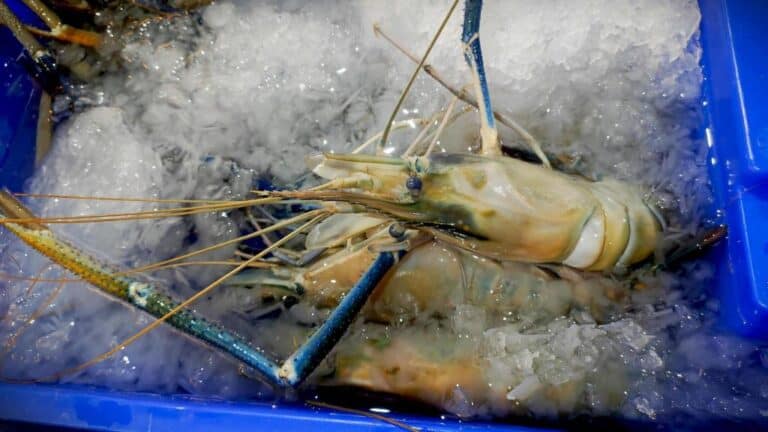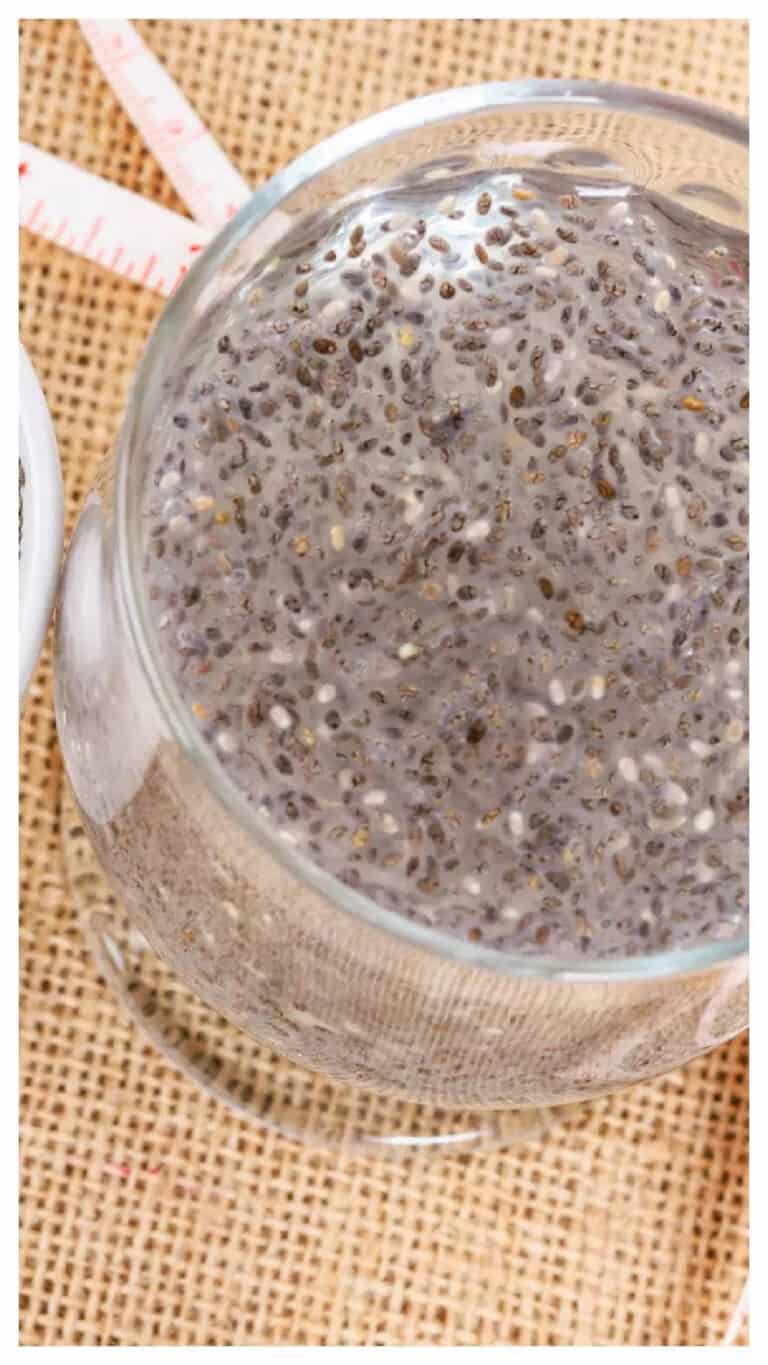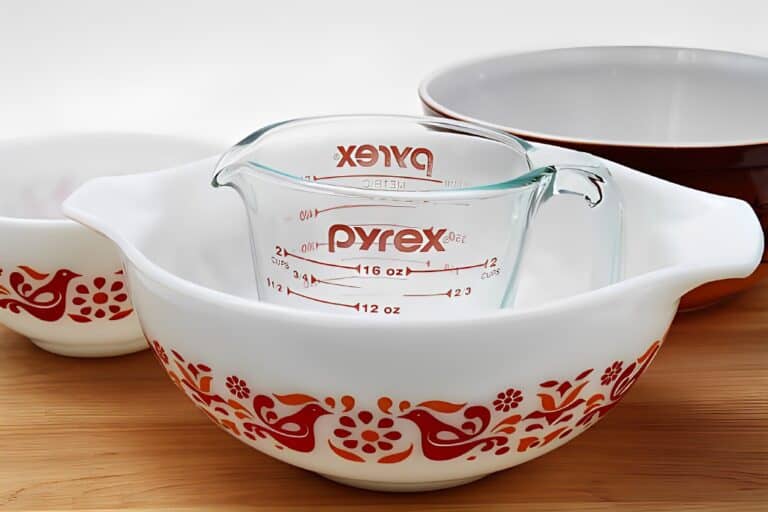How to Tell if the Jam or Jelly Has Gone Bad?
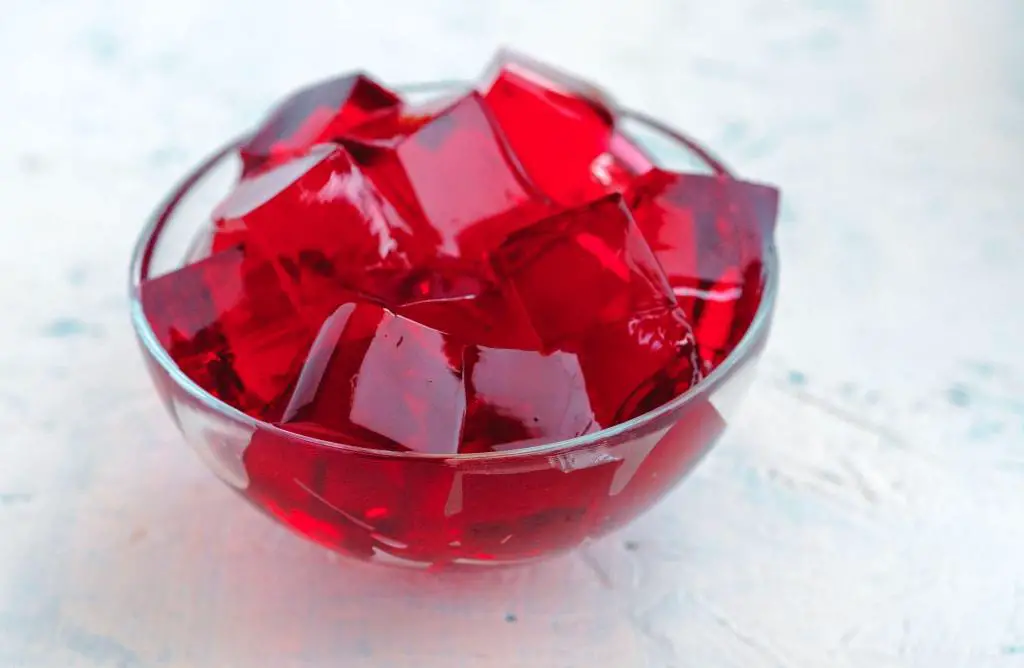
Jam and jelly are beloved staples in many households, providing a sweet and fruity touch to breakfasts, desserts, and snacks. However, like all food products, they have a shelf life and can spoil. Knowing how to tell if your jam or jelly has gone bad is crucial for maintaining food safety and enjoying these treats at their best.
This guide will walk you through the signs of spoilage, storage tips, and best practices to ensure your jams and jellies stay fresh for as long as possible.
Understanding the Shelf Life of Jam and Jelly
Homemade vs. Store-Bought
The shelf life of jam and jelly can vary significantly between homemade and store-bought varieties.
| Type | Unopened Shelf Life | Opened Shelf Life in Refrigerator |
| Store-Bought Jam | 1-2 years | 6-12 months |
| Store-Bought Jelly | 1-2 years | 6-12 months |
| Homemade Jam | 6-12 months (properly canned) | 1-3 months |
| Homemade Jelly | 6-12 months (properly canned) | 1-3 months |
Store-bought jams and jellies often contain preservatives that extend their shelf life, while homemade versions rely on proper canning techniques to remain safe.
Factors Affecting Shelf Life
Several factors can influence how long your jam or jelly remains fresh:
- Sugar Content: Higher sugar content acts as a preservative, extending shelf life.
- Acidity: Higher acidity levels can help prevent the growth of bacteria and mold.
- Storage Conditions: Proper storage in a cool, dark place (before opening) and refrigeration (after opening) is essential.
Signs of Spoiled Jam or Jelly
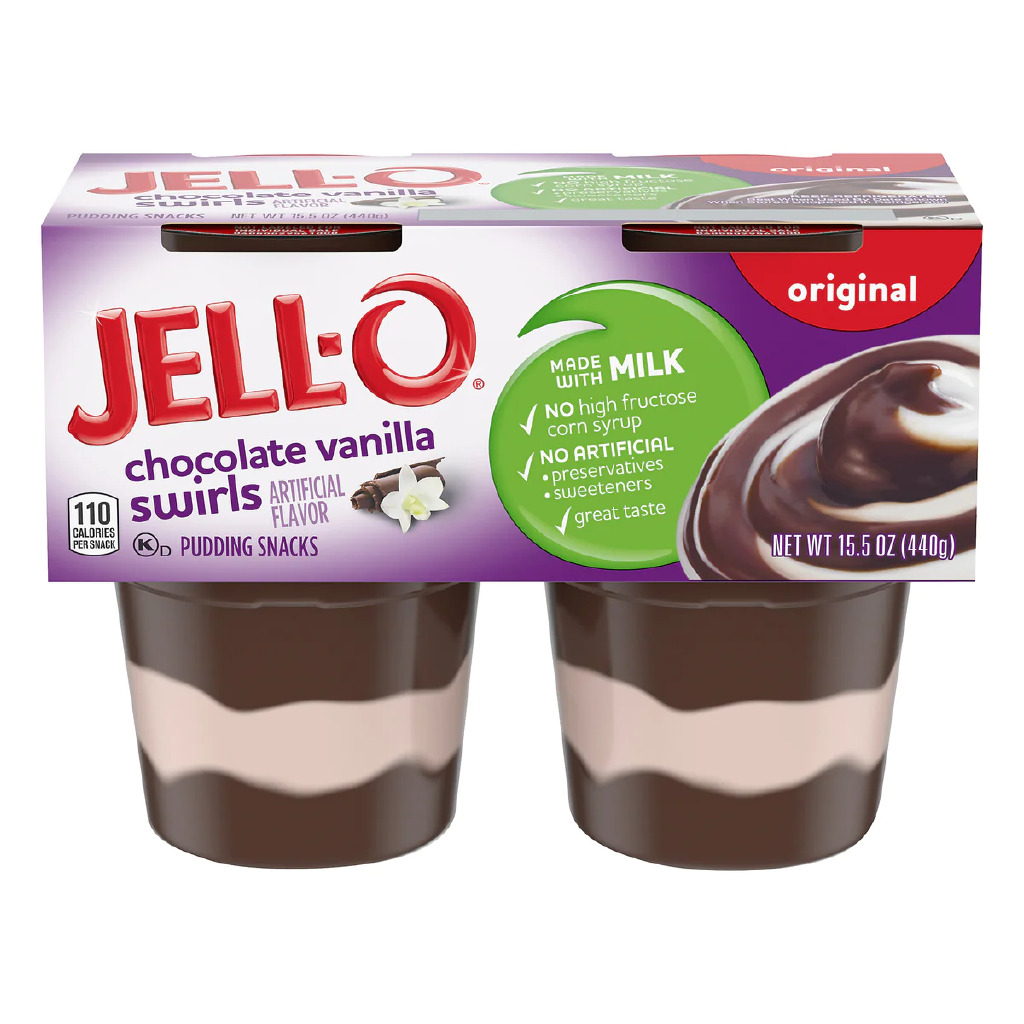
Visual Cues
One of the easiest ways to determine if your jam or jelly has gone bad is to look for visual signs of spoilage.
Mold
Mold is a clear indicator that your jam or jelly has spoiled. It can appear as:
- White, blue, or green fuzzy spots on the surface
- Discolored patches
- Unusual textures
If you see any mold, discard the entire jar. Simply removing the moldy part is not safe, as mold can produce harmful toxins that spread throughout the jar.
Color Changes
Fresh jam and jelly should retain their vibrant colors. If you notice significant darkening, fading, or a change to an unusual color, it’s a sign that the product may have gone bad.
Smell and Taste
Your senses of smell and taste are powerful tools in detecting spoilage.
Off Smell
Spoiled jam or jelly often emits an off smell. Fresh products should smell fruity and sweet. If you detect a sour, fermented, or musty odor, it’s best to err on the side of caution and discard the product.
Taste Test
If the jam or jelly passes the visual and smell tests, you can proceed to taste a small amount. Any off or sour flavors indicate spoilage. Fresh jam should taste sweet and true to the fruit it was made from.
Texture
Changes in texture can also be a sign of spoilage.
Separation
While some separation can occur naturally over time, significant separation of liquid from the gel-like substance can indicate spoilage.
Crystallization
Sugar crystallization is another texture change to watch for. While not necessarily a sign of spoilage, it can affect the quality and enjoyment of the jam. If crystallization occurs, you can try warming the jam gently to dissolve the crystals.
Preventing Jam or Jelly’s Spoilage
Proper Storage
Storing your jam or jelly correctly can significantly extend its shelf life.
Unopened Jars
Keep unopened jars in a cool, dark place, such as a pantry or cupboard. Avoid exposure to direct sunlight and heat, which can accelerate spoilage.
Opened Jars
Once opened, store jam and jelly in the refrigerator. Ensure the lid is tightly sealed to prevent air and moisture from entering.
Use Clean Utensils
Always use clean utensils when scooping out jam or jelly to prevent introducing bacteria and other contaminants. Double-dipping or using a dirty spoon can speed up spoilage.
Check for Seals
For homemade jams and jellies, ensure that jars are properly sealed during the canning process. A proper seal prevents air and bacteria from entering the jar. You can check the seal by pressing down on the center of the lid; it should not pop back up.
How Long Can You Leave Jelly Out of the Fridge?
Opened jelly or jam will stay up to 30 days out of the fridge. Refrigeration prolongs its shelf-life upto 6 months. Unopened jams or jellies do not require refrigeration as long as they are kept in a cool and dark place.
| Type | Shelf-life in the fridge | Table shelf-life |
| Homemade jam or jelly | 6-12 months | 1 month |
| Low sugar jam or jelly | 8-9 months | Do not leave out |
| Sugar-free jam or jelly | 6-9 months | Do not leave out |
| Apple butter | 2-3 months | 1 month |
| Freeze jam | 1 month | Do not leave out |
Homemade jelly has a short shelf-life due to the lack of preservatives. But the high amount of sugar somewhat gives you an edge that you can safely keep the homemade jelly unrefrigerated.
How Long Does Jam and Jelly Last Once Opened?
The shelf-life of jam and jellies depends upon the ingredients, the processing, and the storage method.
Jam and jelly prepared by using sugar and boiling water bath coupled with cool and dark storage before opening, lasts upto 2 years, as long as it stays unopened.
How to Make Jam and Jelly Last Longer?
Unopened jars of jams or jellies should always be kept in a cool, dry, and dark place away from sources of heat like direct sunlight and the stovetop.
Once opened, stick the jars in the fridge. Make sure the seal is tight and secure in between uses. Keep the area around the rim clean to avoid contamination. Always use clean spoons to scoop out jams or jellies.
What Happens if You Eat Bad Jelly?
You cannot naturally eat a sufficient amount of bad jelly to cause food poisoning because the organoleptic changes will be obvious. It should be noted that expired jelly is not necessarily bad or spoiled.
The expiry date is merely an estimate of how long the jelly will keep in its peak quality. It does not indicate the safety of the jelly.
However, you should always inspect the jelly for spoilage before eating if it has been sitting for too long in the fridge.
Creative Uses for Leftover Jam or Jelly
If you find yourself with an abundance of jam or jelly nearing the end of its shelf life, here are some creative ways to use it up:
Cooking and Baking
- Glazes for Meats: Use jam or jelly as a glaze for chicken, pork, or ham. The sweet and fruity flavors complement savory dishes beautifully.
- Dessert Fillings: Incorporate jam into pastries, cakes, and cookies. A layer of jam can add a delightful surprise to baked goods.
- Salad Dressings: Mix jelly with vinegar and oil to create a sweet and tangy salad dressing.
Beverages
- Cocktails: Stir a spoonful of jam into your favorite cocktail for a fruity twist.
- Smoothies: Add jam to smoothies for added sweetness and flavor.
- Tea: Stir a small amount of jelly into hot tea for a unique and flavorful drink.
Breakfast Enhancements
- Pancakes and Waffles: Use jam as a topping for pancakes and waffles.
- Yogurt Parfaits: Layer jam with yogurt and granola for a quick and delicious breakfast.
- Toast and Biscuits: Spread on toast or biscuits for a classic breakfast treat.
Conclusion
Keeping an eye on the freshness of your jam and jelly is essential to enjoy these sweet treats safely. By understanding the signs of spoilage and practicing proper storage techniques, you can extend their shelf life and make the most of every jar. Whether using up leftovers in creative culinary ways or ensuring your jams and jellies stay fresh for as long as possible, these tips will help you enjoy the delicious flavors without worry. Stay vigilant, and savor the sweetness of your favorite jams and jellies with confidence.

